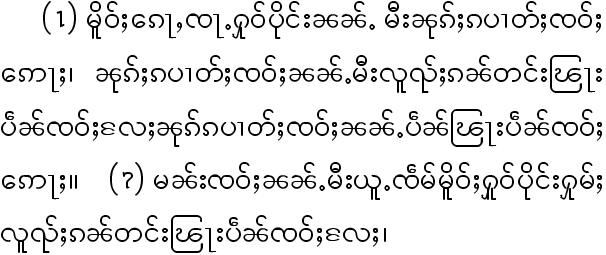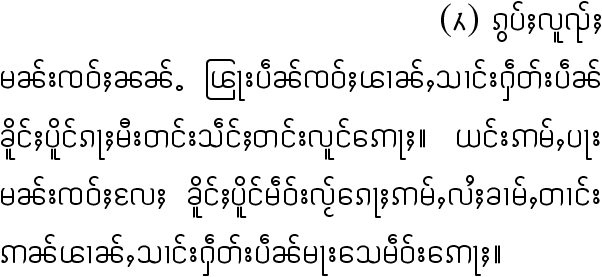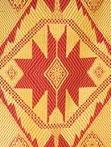The Shan script is used in Myanmar for the language of Tai Yai, a Tai language related to Thai and Lao. Across the border in China, a different script is used for the very similar Dehong Dai (Tai Le) language.
Notable Features
- Some letters are the same as Burmese, and others are stylistically similar. So circular shapes feature in the script.
- The vowels are printed as diacritics above, below, after or before their consonant, in the Indic manner.
- The vowel system is simpler than Thai, and there are consonant clusters usually only in Pali words.
- Words are syllabic, and end in a vowel, or vowel+nasal, or vowel+stop.
- Each consonant has an inherent short /a/.
Consonants
The font used here is a slightly compressed, modern style. The letters in blue are used only for dialects and foreign words.
Some common marks affect consonants: the final marker, the palatizer, and the wrap-around /r/. These last two appear in imported words. Here they are shown used with consonants /t/, /s/ and /ph/ in red:
Vowels
Before a final consonant, we can see the simplest form of vowel. Here and below, an initial /m/ in red is used to hold the vowel mark:
Final vowels are slightly more complicated:
Tone marks & punctuation
Tone marks come at the end of a syllable. Here are shown the marks following the syllable /kha:/ in red, with the voice contour in green; unmarked syllables are rising (24):
Numerals
In Myanmar, two sets of numerals may be used, a form of Burmese (top) and the Shan (bottom):
Example
This is the first two verses of the gospel of John (missionary bible). A common, circular style font is used here:
For the third verse, the font outlined above is used:









